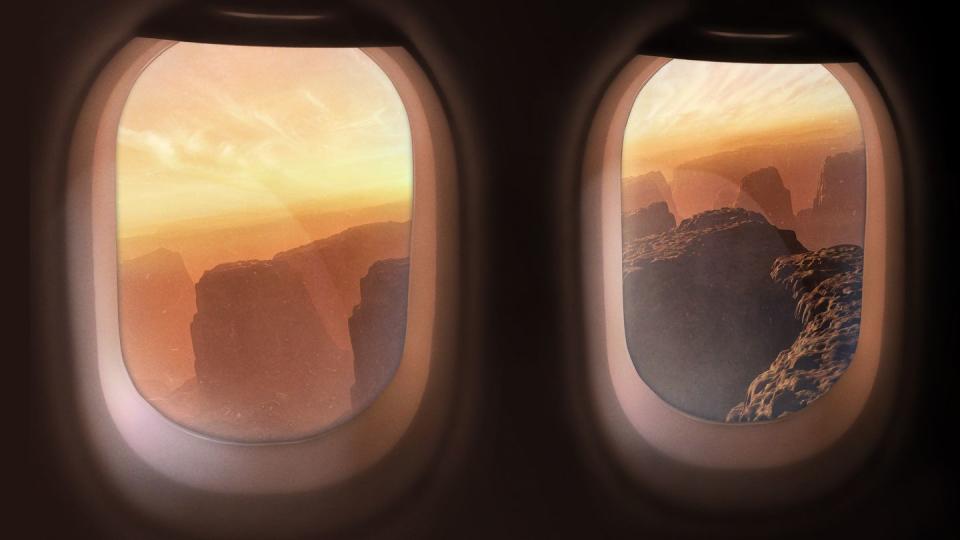4 People Are Spending a Year Sealed Inside a Martian World. Our Survival May Depend on Them.

To avoid any unforeseen issues on the Red Planet, NASA is conducting three immersive, year-long Mars simulations at NASA’s Johnson Space Center in Houston.
With the first mission currently underway, NASA is now looking for a volunteer crew to head up the second mission to “Mars.”
The simulator—known as the Mars Dune Alpha—is part of NASA’s Crew Health and Performance Exploration Analog (CHAPEA), which hopes to learn what life on Mars will be like and what will need to be considered for optimal crew health and safety.
Mars is not the place for do-overs. After spending billions of dollars and more than a decade trying to put humans on another world, the last thing anyone wants is an avoidable mistake that endangers the entire mission—and even the astronauts’ lives. That’s why NASA has Mars Dune Alpha, an immersive Martian habitat that let’s the agency perform a few dress rehearsals before rocketing humans off to the real thing.
The 1,700-square-foot, 3D-printed habitat at NASA’s Johnson Space Center in Houston plays a critical part in the Crew Health and Performance Exploration Analog (CHAPEA) mission. Within the Mars Dune Alpha, a four-person crew encounters all the mishaps a typical Martian crew could expect to run into hundreds of millions of miles away. According to NASA, this includes “resource limitations, equipment failures, communication delays, and other environmental stressors.” During the crew’s year-long mission in Mars Dune Alpha, they perform simulated spacewalks, robotic operations, and even crop growing.
NASA’s first CHAPEA mission began back in July of 2023 when it sealed up a four-person volunteer crew within Mars Dune Alpha—but that was only the first of three missions. NASA is now putting out an open call for its next Mars simulation, and says that the application is open to any U.S. citizens ages 30 to 55 who can speak in fluent English in order to communicate with “mission control.” Oh, and no smokers allowed.
Of course, a trip to the Red Planet—even a simulated one—also requires a healthy amount of previous STEM and aeronautic experience. NASA requires a master’s degree in a STEM field and two years of STEM experience, as well as a minimum of one thousand hours piloting an aircraft. Although a volunteer force, compensation is available, and the mission to “Mars” begins in spring 2025.
Of course, this isn’t NASA’s first rodeo when it comes to complex (and hopefully successful) simulators. During the race to the Moon in the 1960s, NASA developed Command Module and Lunar Module simulators that walked Apollo astronauts through the complicated mission of landing on (and returning from) the Moon. Similar to Mars Dune Alpha, these immersive simulators recreated lighting, sound, fires, and life support, along with unexpected failures that could occur throughout a real mission.
As part of NASA’s Moon exploration sequel known as Artemis, in July of 2023, mission control conducted an immersive simulation of the Artemis 2 mission—the mission aims to a crew around the moon in 2025. aAstronauts for Artemis 2 also completed a launch day simulation back in September.
While NASA might be exploring life on “Mars” right now, the real thing won’t happen until at least the 2030s. However, missions like CHAPEA hope to ensure that when those historic missions finally do get off the ground, there will be no need for do-overs.
You Might Also Like

 Yahoo Sports
Yahoo Sports 
